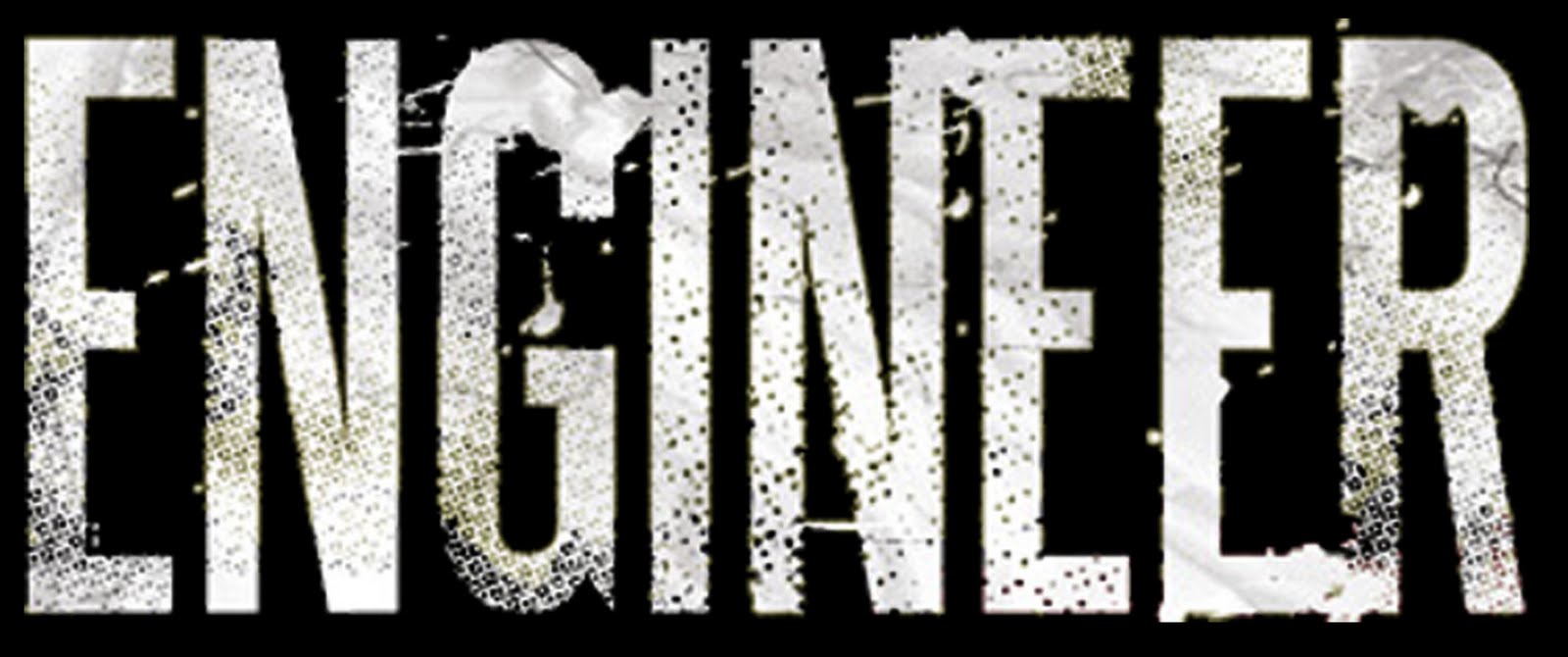ENGINEERING PHYSICS IMPORTANT QUESTIONS
UNIT-1: Quantum Mechanics & Quantum Computing
1. Derive 3-dimensional, time independent Schrodinger wave equation for an electron. (or)
Derive one-dimensional time independent Schrodinger wave equation for an electron.
2. What is the physical significance of wave function?
3. Deduce the expression for energy an electron confined to a potential box of width ‘x’. (or)
Show that the energies of a particle in a potential box are quantized.
UNIT-2: Electron Theory of Metals
1. a. Distinguish b/w Drude Lorentz Theory (Classical Free Electron Theory) and Somerfield’s theory (Quantum Free Electron Theory) of metals.
b. Explain briefly classical free electron theory of metals.
c. What are the salient features of Sommerfeld theory of metals? Explain.
2 a. Define Fermi-level of electron? Explain Fermi-Dirac distribution function of electrons. Explain the effect of temperature on the distribution.
b. Use the Fermi distribution function to obtain the value of F (E) for E-EF= 0.01eV at 200K.
3. a. Discuss the various drawbacks of classical free electron theory of metals and explain the assumptions made in Quantum theory to overcome the drawbacks.
b. Derive an expression for conductivity of a metal on basis of quantum free electron theory.
4. Explain the following
i. Mean free path
ii. Relaxation time and
iii. Drift velocity of an electron in a metal.
iv. Electrical conductivity
v. Fermi energy
d. Assuming the electron-lattice interaction to be responsible for scattering of
conduction electrons in a metal, obtain an expression for conductivity in terms of
relaxation time and explain any three draw backs of classical theory of free electrons.
5. Explain what is electron scattering and resistance?
UNIT-3: Band Theory of Solids
1. On the basis of band theory how the crystalline solids are classified into metals, Semi-Conductors and insulators.
2. a. What is Bloch Theorem? Explain.
b. Discuss with suitable mathematical expression, the Kronig-Penny model for the energies of an electron in a metal.
3. a. Explain the concept of effective mass of electron
UNIT-4: Magnetic Properties
1. a. Explain magnetic susceptibility, magnetic induction and permeability.
b. Explain clearly difference between hard and soft magnetic materials? Write their characteristic properties and their applications.
2. a. Draw the B-H curve for a ferro-magnetic material and identify the retentivity and
the cohesive field on the curve.
3. Derive the Clausius – Mosotti relation.
5. Explain the terms:
i. Magnetic flux density
ii. Magnetic field strength
iii. Magnetization and
iv. Magnetic susceptibility. How they are related to each other?
6. Explain the origin of magnetic moment. Find the magnetic dipole moments due to orbital and spin motions of an electron.
7. Explain the domain and weiss field theory?
8. Explain clearly the classification of Dia, para & ferro magnetic materials.
UNIT-5: Super Conductivity
1. a. Explain in detail the following
i. Meissner effect and
ii. Penetration depth of a superconductor.
2. Explain the critical magnetic field of a super conductor as a function of temperature.
3. a. What is meant by superconductivity?
b. What are Type-I and Type-II superconductors? Compare the differences between them (soft and hard superconductors).
4. a. Write short notes on the applications of superconducting materials.
b. What are “Cooper pairs”? Explain.
5. a. Explain flux quantization.
b. Explain the Josephson Effect in superconductors. Explain in detail the A.C & D.C. Josephson effect.
6. Explain the terms:
Critical Field
Critical Temperature and
Critical current density, relating to superconductivity.
Give the relation between critical field and critical temperature.
UNIT-6: Di-electric Properties
1. Explain the following
1. Di-electric constant.
2. Electric Susceptibility.
3. Electric Polarization.
4. Polarizability.
5. Ferro-electricity.
6. Piezo-electricity.
2. Describe the phenomenon of electronic polarization and obtain an expression for
Electronic Polarizability.
3. Explain electronic polarization in atoms and obtain an expression for electronic
polarizability in terms of the radius of the atom.
4. a. Explain the different types of polarization mechanisms in di-electric materials.
b. What are the important requirements of good insulating materials?
5. Explain the concept of internal field in solids.
6. a. Derive the Clausius –Mossotti relation.
b. Explain the hysteresis properties of ferromagnetic materials.
c. Mention the various properties of para-magnetic materials.
7. Write notes on:
i. Ferro-electricity and
ii. Piezo-electricity.
UNIT – 7: Semi-Conductors
1. a. Write a note on intrinsic semi conductor.
b. Derive an expression for the carrier concentration in N-type Extrinsic semi conductor.
2. a. Write notes on Direct and Indirect band gap semiconductors.
b. Show that for a P-type semi conductor the Hall coefficient, RH = (1/ne).
c. Derive an expression for the number of electron per unit volume in the conduction band of an intrinsic semi conductor.
3. a. Distinguish between Intrinsic and Extrinsic semiconductors with suitable examples.
b. Explain the effect of temperature on resistivity of a semi-conductor.
4. a. Derive the continuity equation for electrons. What physical law is manifested in continuity equation?
b. Derive the expression for the density of holes in the valence band of an intrinsic semiconductor.
5. a. Explain n-type and p-type semiconductors. Indicate on an energy level diagram the conduction and valance band, donor and acceptor level for an intrinsic and extrinsic semiconductors.
b. Explain the detailed mechanism of current conduction in n and p type semi conductors.
6. a. Describe the drift and diffusion currents in a semi conductor. Derive their expressions.
b. Deduce Einstein relation.
UNIT-8: Physics Of Nano Materials
a. Write a detailed note on nanoscience and nanotechnology.
b. Why nanomaterials exhibit different properties? Explain.
2. a. Write the important applications of nanomaterials in medicine.
b. How the physical and chemical properties of nano particles vary with their size?
c. Write the important applications of nanomaterials.
3. a. What are nanomaterials? Explain.
b. Describe the various types of nanotubes.
c. Explain the fabrication of carbon nanotubes.







































